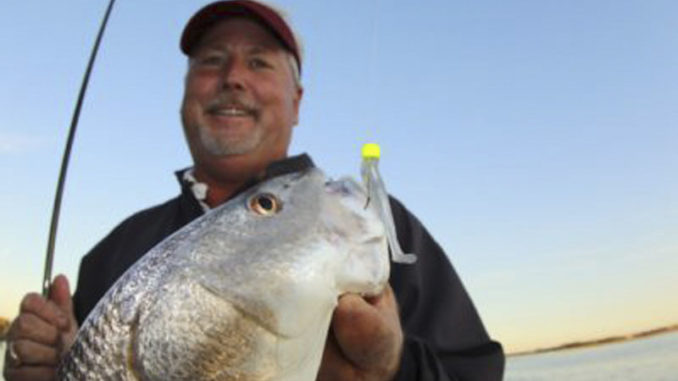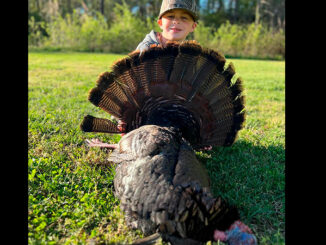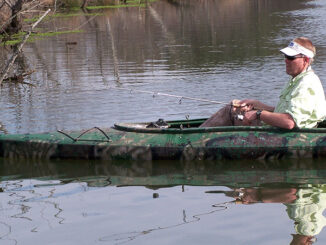
When fishing gets tough, a fluorocarbon leader might make a huge difference
When I first began using artificial lures for inshore saltwater fishing, I was with a friend who had been catching redfish and trout on soft plastics for more than a decade. He made it look easy. And after watching him catch a few trout one morning when I was still waiting for a bite, I paid really close attention to what he was doing. I mimicked it as best I could.
Still, not a bite.
A third angler was with us, and he had also not caught a thing, either. Selfishly, I was thankful it wasn’t just me.
Once all three of us had our lures in the boat at the same time, our friend pointed out a major difference — even though we were all using the same lures: soft-plastic shrimp.
“You’ve both got braid tied straight to the lure. I’ve got a fluorocarbon leader on mine,” he said. “The fish can see your braided line.”
My frustrated friend and I quickly spliced fluorocarbon leaders onto our braided line. But I honestly didn’t put much faith in it. Were the fish really that smart?
And like magic, after a few more casts, all three of us were catching trout. That certainly made me a believer.
Fluorocarbon looks more like clear water than any other man-made material
For people who fish often enough, they’ll have days when the fish bite anything and everything, regardless of size, color or whether you’re using a fluorocarbon leader or not. But we’ve also all had days when getting a bite was so tough that we’re willing to try any slight variation of what we’re doing to just feel a nibble. So why not stack the odds in our favor no matter what mood the fish are in?
Fluorocarbon material looks more like clear water than any other material on earth — other than water itself. So nothing appears more invisible in the water than fluorocarbon.
When using a fluorocarbon leader with lures like D.O.A. Shad Tails, Z-Man Trout Tricks, or a LIVETARGET Fleeing Shrimp, you don’t need to add any weight, which is built into the lure’s jighead. Many anglers are tempted to connect their fluorocarbon leader to their main line with a swivel. But that only adds unnecessary weight.
Using swivels are great when Carolina-rigging your lures. But they can have a negative impact on the action and presentation of self-weighted lures. That’s where the surgeon’s knot comes in.
What about for topwater lures?
The surgeon’s knot isn’t the only knot for tying fluorocarbon directly to braided line, but most anglers agree it’s the easiest to tie. It is also known for maintaining almost 100 percent of the line strength. Tying on this way instead of using a swivel allows your lure to move naturally while keeping things hidden from your prey.
Even when using a Carolina rig with a traditional egg sinker and swivel, fluorocarbon is still the best option for your leader. It has the added benefit of sinking, and its near invisibility makes using it a no-brainer.
One area many anglers disagree on is whether fluorocarbon is a good leader for topwater lures. Because it sinks, some folks shy away from using it with these lures. But plenty of anglers use it with great success.
“Working a topwater lure properly, the leader doesn’t have enough time to sink enough to make a difference. And I like fluorocarbon for one main reason. If I get hung up, I can break the line if I have to. I can’t do that if it’s straight braid to the lure.” said Donavan Hanson of Wilmington, N.C., who fishes many saltwater creeks and inlets along the border between North Carolina and South Carolina.
Leader length?
So, how long should your leader be? When Carolina rigging, most anglers like to start off with about an 18-inch leader. But it varies widely for anglers tying to lures that are weighted on their own, like soft plastic shrimp, grubs, etc.
Many anglers stick with the 18-inch rule, but some go much longer. Justin Carter of Charleston’s Fish Minded Charters starts his day with a 6-foot leader.
“I’m going to retie throughout the day, whether to try new lures or just keeping the best knot in place after fighting a few fish. If I start with an 18-inch leader, my leader will be too short after retying just a few times. I start off with a really long leader, and that usually lasts all day,” he said.





Be the first to comment